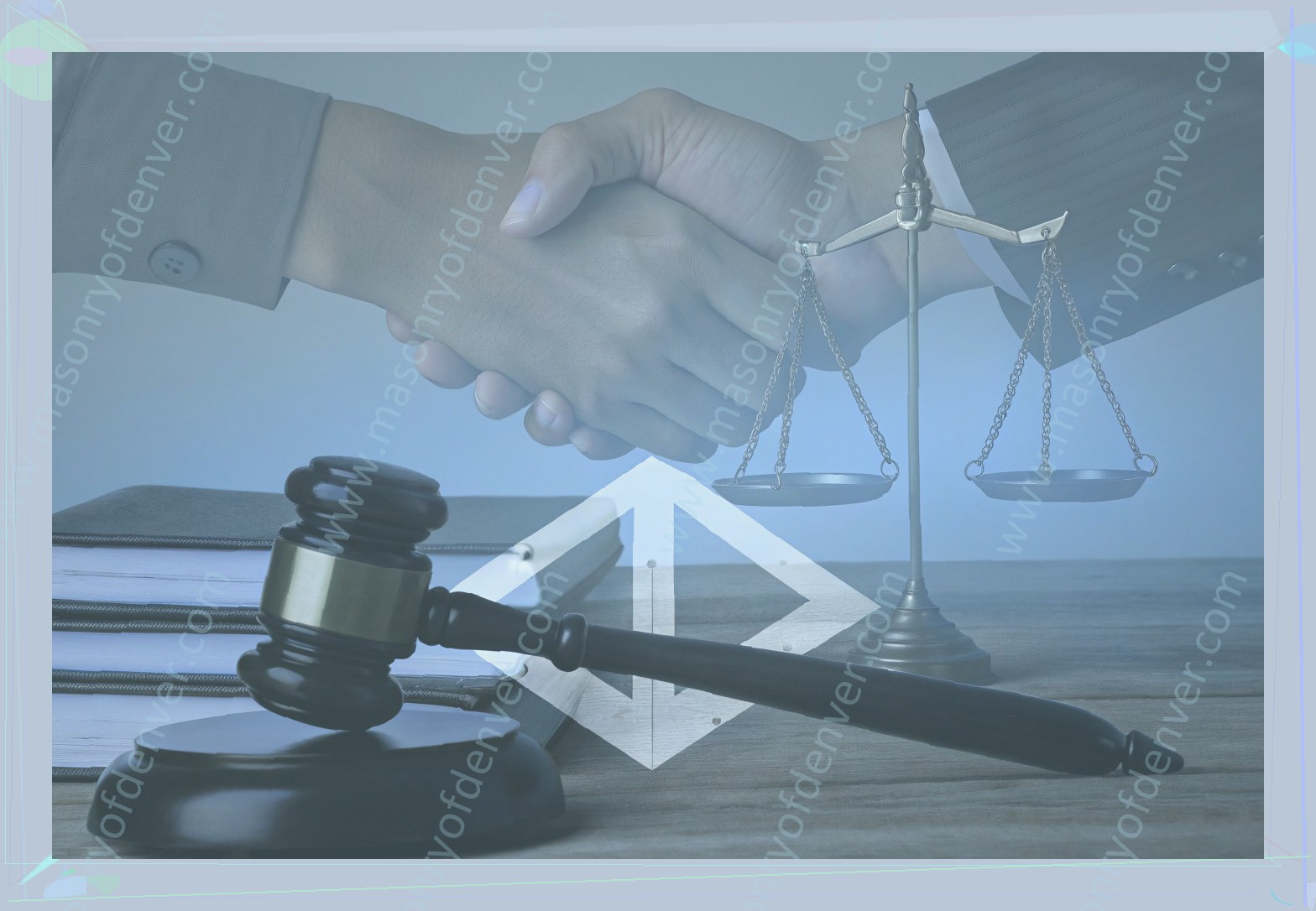When is Legal Malpractice Actually Malpractice?
Legal malpractice occurs when an attorney fails to perform competently by either acting or failing to act, and a client suffers harm as a result. In order for a legal malpractice case to be valid, there must be four parts or elements:
- You must have a viable case against the attorney so that the case would have been successful if the legal malpractice had not occurred.
- You must show that an attorney-client relationship existed. In other words, the lawyer agreed, expressly or implicitly, to be your attorney.
- You must show that the attorney committed a "negligent act or omission" in the course of performing attorney duties. In other words, the attorney did not meet the generally accepted standard of care.
- You must show that you suffered harm because of this negligent act or omission .
A few examples of commonly reported incidents of legal malpractice are as follows:
- Failing to file a claim within the time period required by your state statute of limitations;
- Failing to submit key evidence to the court;
- Not properly filing paperwork with the court;
- Showing up late for depositions and court appearances;
- Failing to disclose a conflict of interest;
- Pushing you into a settlement that is not in your best interest; or
- Giving you incorrect legal advice about the merits of your case.
A legal malpractice case can follow any kind of loss that might be sustained by the client as a result of the attorney’s breach of the duty of care. The lawyer’s mistake must have injured the client financially by having changed the outcome of the case to the client’s disadvantage.
When Do You Need a Legal Malpractice Attorney?
How do you know when you need to get a legal malpractice attorney for representation or consultation? Clients generally are not sophisticated enough with respect to legal malpractice to know what their specific problem is. They may have a case which is a loser, or one which was a winner in the hands of the attorney, but which was not prosecuted correctly. For these clients, there is no legal malpractice, but there may be a case of plain old legal negligence.
Perhaps you have been outright cheated. Attorneys have committed fraud against their clients. You may or may not know it, and it is difficult to prove. But sometimes a legal malpractice attorney is necessary to obtain the records, if the wrongdoing was serious enough for an investigation.
Your attorney may have had a conflict of interest, and have represented you at the same time as the other side. Your attorney may have represented clients in other matters who were adverse to you in this matter, or had a close personal relationship with the opposing attorney. You may or may not have known about it, but in any event, that attorney should have disclosed the conflict and not taken the case.
Sometimes the attorney may have left something out of a contract or document that resulted in a significant loss. That too may be a problem of legal negligence – not legal malpractice. There are many situations where legal malpractice is alleged, but defense is possible where the attorney did nothing wrong except make an error which is painful.
Sometimes the attorney simply misses the statute of limitations and leaves you without a remedy at all. There are many situations where you miss the statute of limitations on the underlying case. There are strict rules on timing for the attorney to follow which are generally one year from the time you learned or should have learned that your rights were violated. If an attorney waits too long beyond this time to bring an action, the attorney may be wholly wrong and you may be the victim.
How to Find the Best Legal Malpractice Attorney for Your Case
Finding an experienced and qualified legal malpractice attorney for your case can be a daunting task. It is critical that you find an attorney who meets your needs. Here are some criteria to consider when choosing legal representation when you feel the need to sue a former attorney. First, you need to determine whether the attorney has experience in the specific area you need assistance in. There are many different areas within the field of litigation and it is important to find an attorney who has handled matters similar to your own, successfully. You do not want a "crash-course" intern to handle your case.
Second, you should research the reputation of the attorney you are seeking to retain. One of the best ways to do this is through word of mouth. Ask your network of friends and family for their recommendations. You may also ask other attorneys and professionals who they would recommend for your legal problem. Hopefully, they will be able to recommend a qualified legal malpractice attorney. If you have exhausted your other options, you may check with your local and state bar association for a referral or recommendation. It is important to find an attorney who is experienced and well-respected in their field, as this will play a large role in the outcome of your case.
Third, you should ask the attorney about their success in handling legal malpractice matters. Request a detailed list of prior cases and results they have achieved in similar circumstances. Last, you should make sure you understand the attorney’s fee structure and billing procedures. Legal malpractice is a complicated area of the law and it can become expensive quickly. Legal malpractice attorneys are well-versed in the area of litigation and can help you decide whether the amount you wish to sue for is reasonable in relation to the time and money it will cost.
Identifying a Legal Malpractice Case
If after your investigation it appears that you have a reasonable basis for a legal malpractice claim against your former attorney, the next step is to obtain a thorough opinion from another attorney who is experienced in malpractice litigation. If based on the opinion you decide to pursue the case, the litigation will commence with a summons and complaint containing damages allegations. From that point on, the case proceeds as any other litigation, with discovery and motions.
The statute of limitations for legal malpractice in New York State is three years. Generally, the statute starts to run from the time of the alleged act of malpractice. If you believe that a determination by a tribunal entered in the middle of the case is tainted by the negligence of your attorney, there may be a question whether the time calculation should start from that date, or from when the last act by your attorney was performed in the case . Either way, you must certainly consult an attorney about the statutes of limitation.
If you are still within three years of the last act of legal malpractice, obviously you can bring the case, if you have sufficient damages. However, most legal malpractice cases are filed long after the statute has expired, and it is important to stay within the range by pursuing an "equitable estoppel" theory. This means that you should state with particularity what prevented you from filing the case within the three years. The reasons should include creditable, unforseen circumstances, such as a disability or mental incapacity of the client, acts of wrongfulness by the attorney or even fraud. If there is a reason why you missed the statute, the court should accept jurisdiction and toll the statute.
Legal Malpractice While Pending Litigation
A Claim For Malpractice: The Legal Process in a Nutshell
Like any personal injury case, a legal malpractice case has several steps: gathering evidence, negotiation, possible mediation, actual trial and verdict. First, the evidence should be gathered along with the legal analysis required. A complaint is then drafted, a summons is obtained, and the complaint is filed in the appropriate court, depending on damages sought. In law office cases, it is the Federal District Court (if out of NY) or State Supreme Court in NY. A conference or "Realty/Preliminary Conference" will trigger the clock on the time to file a responsive pleading. Interchangeably, a notice of petition will also call for an answer to the petition. Around 5 months will go by from inception until each party will have had an opportunity to serve its respective discovery demands and respond. A compliance conference, at the very least, will be held, whereby the court ascertains the status of the discovery demands, and sets a trial date, if necessary. If there are no defenses, a party will file a summary judgment motion, and argue an absence of any issue of fact to be resolved by a jury. Or, if save for the issue of damages left to the jury, a party may file a motion for summary judgment on the issue of liability, and move to dismiss the claim. If no motions are filed, or denied, the case is certificated for trial where the parties can further negotiate, or attend a settlement conference, if the court will hear it. Then, if settlement is not reached, the case proceeds to jury selection, giving the plaintiff first pick, followed by the defendant. If the lawsuit has a jury demand attached, then it is generally a 6-person jury. As with all legal claims, this post assumes some basic knowledge of the applicable rules, practice and procedure. The judge will lay out a factual recitation and legal arguments are made by statute.
Common Legal Malpractice FAQ
Clients often have questions and misconceptions about legal malpractice. Here are some of the most common queries:
What is legal malpractice?
Legal malpractice is the failure of your lawyer to follow the law or follow directions that caused you damages.
What kind of cases do we handle?
We handle cases where a lawyer has failed to follow the law. Example include failure to file a lawsuit in time, failing to file a suit where the expenses of litigation outweigh the potential recovery, or failing to prepare for mistakes in litigation. Bottom line…if your lawyer fails to do what he is supposed to do legally, he may have committed legal malpractice.
Can I recover damages when there’s been legal malpractice?
The damages are based upon the idea that you should be made whole again. The damages are the financial cost or loss you would have incurred in bringing the original case, had your attorney fulfilled their obligations . If you can show your attorney’s negligence or error led to you suffering a financial loss, you may be entitled to recover those damages through a legal malpractice claim.
Can I expect a lot of money in the end?
That all depends on what your attorney’s error cost you. If your attorney’s error cost you a $10,000,000 court challenge, then it certainly could be worth millions – but if it cost you a $1,500 malpractice action – not so much.
How long will this take?
There is no way to fully predict how long a legal malpractice claim will take to resolve. Many factors come into play, including the nature of your case, how strong your arguments are and the steadiness with which you pursue the matter. Keep in mind that the defense will present, argue and try to delay the matter for as long as possible. Of course, malpractice cases rarely go to trial and if you settle it will take less time and effort.



